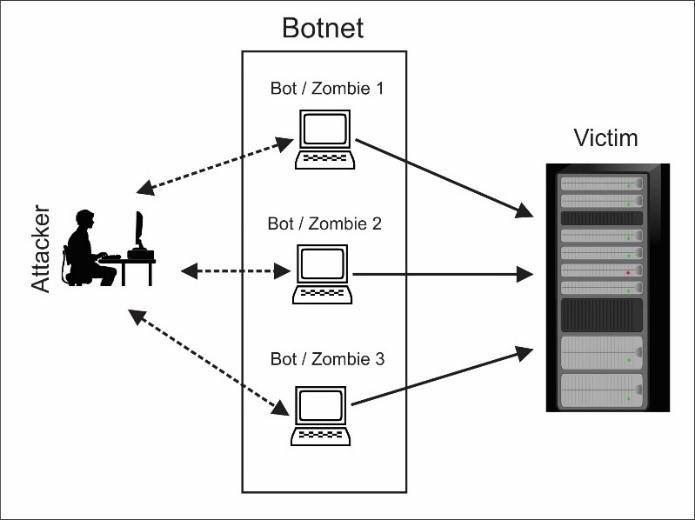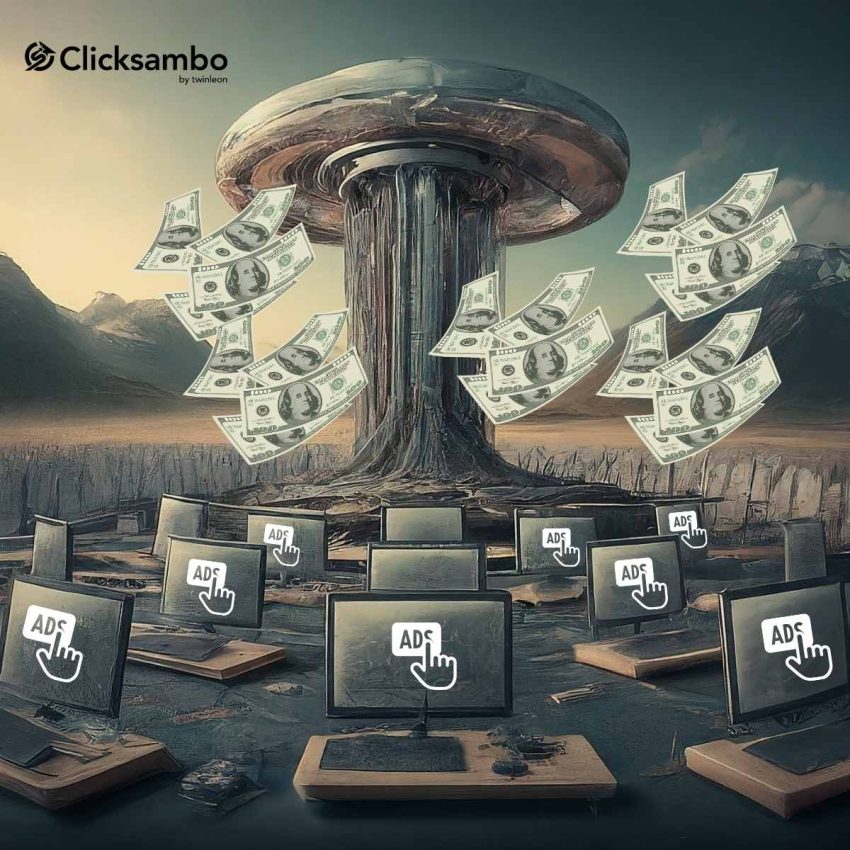In the digital age, where every click counts, the threat of click fraud looms large. It’s a sneaky, insidious practice that can drain your advertising budget and skew your website analytics. But what exactly is click fraud, and what are the different ways it manifests? Let’s delve into the shadowy world of click fraud and expose the various tactics used by perpetrators.
1. The Lone Wolf: Manual and Automated Clicks
The most basic form of click fraud is manual clicking, where a single individual repeatedly clicks on an ad. This can be done manually, but more sophisticated fraudsters often utilize automated scripts that tirelessly click on ads, maximizing their damage. While seemingly simple, this method can be surprisingly effective, especially if left undetected for a prolonged period. Fortunately, this type of click fraud is often easier to identify due to its traceable origin.
2. The Crowd-Sourced Click: “Support This Page” Schemes
Publishers can encourage clicks on their ads without directly engaging in fraud through a tactic known as “crowdsourcing.” They might subtly suggest to visitors that “supporting the page” involves clicking on specific ads, leading users to unwittingly participate in click fraud. While the clicks may seem genuine, the lack of genuine interest in the advertised product or service renders them fraudulent.
3. The Incentivized Click: “Click for a Reward” Programs

Another deceptive strategy involves offering rewards for clicking on ads. This could involve discount codes, in-game bonuses, or even direct payment. While tempting, these incentives often entice individuals to click ads without any genuine interest, ultimately driving up inflated click counts.
4. The Click Farm: A Factory of Fake Clicks

When incentivized traffic is taken to its extreme, we enter the realm of the click farm. These operations pay individuals to click on ads relentlessly, mimicking organic traffic. These “clickers” often receive training to make their actions appear more natural, making detection even more challenging. Click farms are frequently located in developing countries, where labor costs are low, and can generate a staggering volume of fraudulent clicks.
5. The Hit Inflation Attack: Hijacking Legitimate Traffic
Hit inflation attacks involve a more sophisticated form of click fraud where legitimate user traffic is redirected to ads without the user’s knowledge or consent. These redirects occur so quickly that users might not even notice, yet the advertiser still counts it as a click. This tactic leverages existing web traffic to create fraudulent clicks that appear indistinguishable from genuine engagement.
6. The Bot Net: An Army of Compromised Computers

The most insidious form of click fraud involves bot nets: networks of computers infected with malware that can be remotely controlled. These malicious actors can use botnets to direct infected computers to visit websites and click on ads, generating a barrage of seemingly unrelated clicks from diverse IP addresses. Bot nets can be massive, comprising millions of compromised computers, posing a significant threat to online advertising integrity.
Protecting Yourself from Click Fraud
Recognizing the various methods of click fraud is crucial for protecting your online business. Here are some steps you can take to mitigate the risk:
Monitor Click Patterns: Carefully analyze your click data and look for unusual patterns.
Utilize Ad Fraud Detection Tools: There are numerous tools designed to detect and prevent click fraud.
Choose Reputable Advertising Networks: Partner with reputable advertising networks that have robust anti-fraud measures in place.
Stay Informed: Keep up-to-date with the latest click fraud trends and tactics.
As click fraud becomes increasingly sophisticated, it’s crucial for advertisers and publishers to be aware of the various tactics and implement measures to protect themselves. This includes working with reputable advertising platforms, analyzing click data for anomalies, and using advanced fraud detection tools.
By understanding the hidden threat of click fraud, we can fight back against this deceptive practice and ensure that the digital advertising landscape remains a fair and transparent environment for everyone
Want to learn more about how to protect yourself and your business from click fraud?
Visit the Twinleon blog for insightful articles and expert advice!
